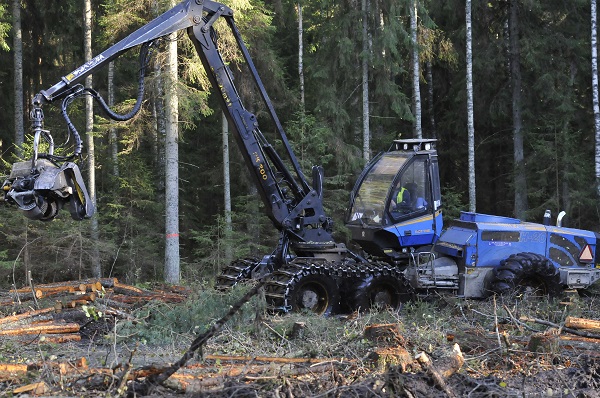Frost and Drought Contribute to the Development of Wet Felling Areas
In the first half of 2018, JSC "Latvia's State Forests" (LVM) carried out forest tending in an area of 6691 ha, which is in line with the plan, while renewal felling was performed in an area of 7070 ha, which also corresponds to the plan, but is 392 ha more than in the first half of 2017. The ability to work even more efficiently and offer customers additional timber products is limited by the lack of availability of logging and transport services in Latvia in general, including LVM.
In spite of the shortage of labour force, LVM has managed to increase the scope of forest maintenance by 14% and to carry out reforestation in forests that are located on wet and peat soils, the development of which requires a certain period of severe frost or dry weather.
Andris Balodis, LVM Forestry Deputy Director for Round Timber Production and Deliveries: "In the first half of the year, 83 companies were engaged in tending felling and renewal felling in state forests, involving 139 felling, tree pruning and cross-cutting machines, while 210 feedstock tractors were used for timber transportation, employing 1046 forest machinery operators. In turn, timber transportation services were provided by 38 companies, involving 117 forestry forwarders with 306 forwarder drivers. Manufacture and supply of fuel chips were provided by eight companies operating 13 chippers and 42 chip transporters and employing 55 operators.
Since its foundation in 1999, LVM by implementing sustainable forest management has paid one billion euros to state and local government budgets. LVM's economic activities are carried out by maintaining and recovering forests, taking care of nature conservation, recreation opportunities and increasing timber volumes, as well as investing in expanding the forest land and developing forest infrastructure - renovation of drainage systems and forest road construction. The volume of timber in the forests managed by LVM increases by 12 million cubic metres annually.



